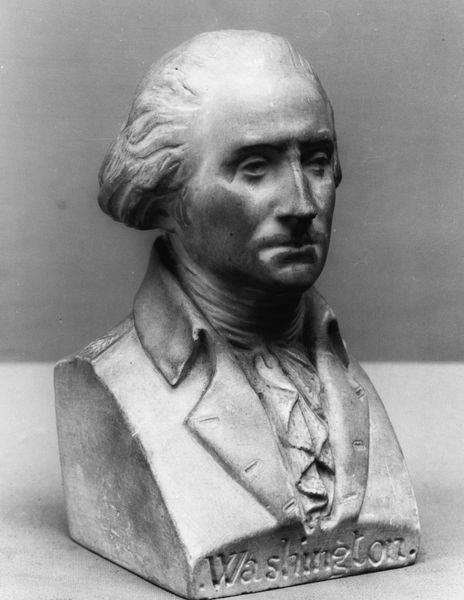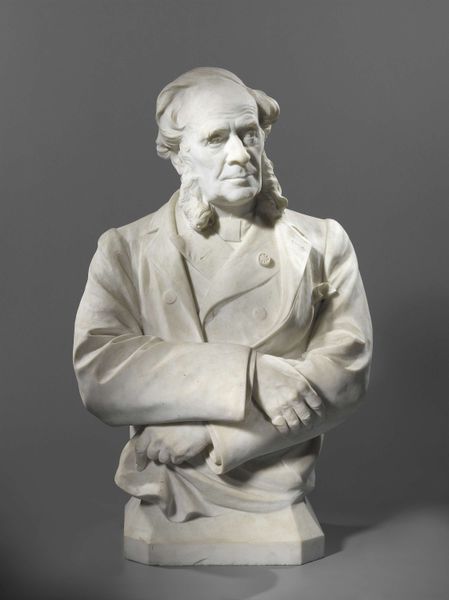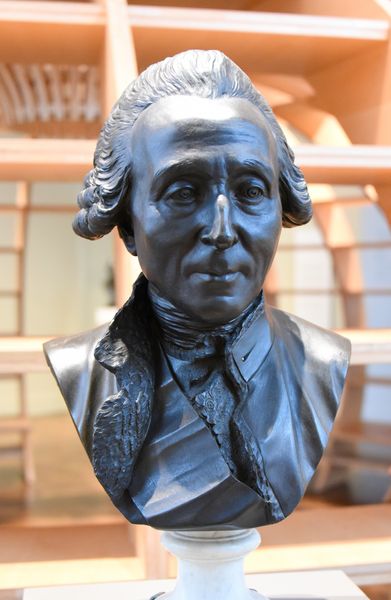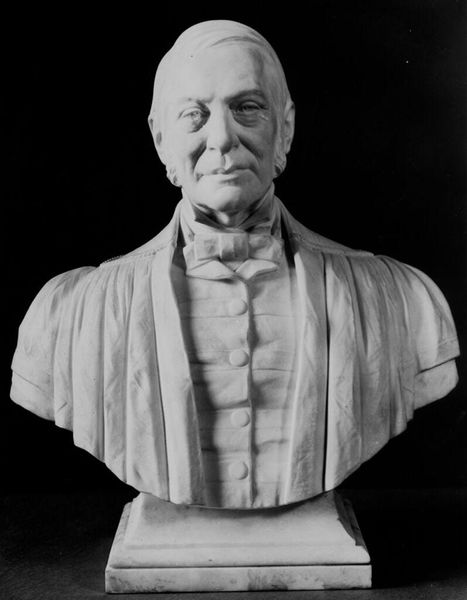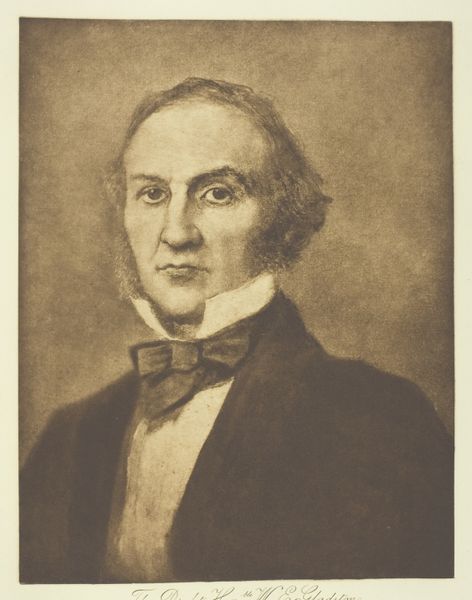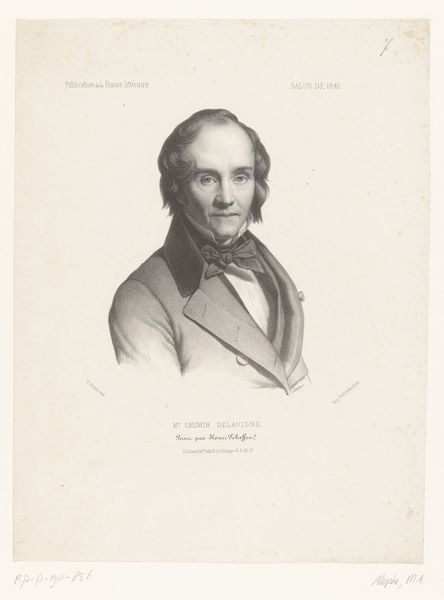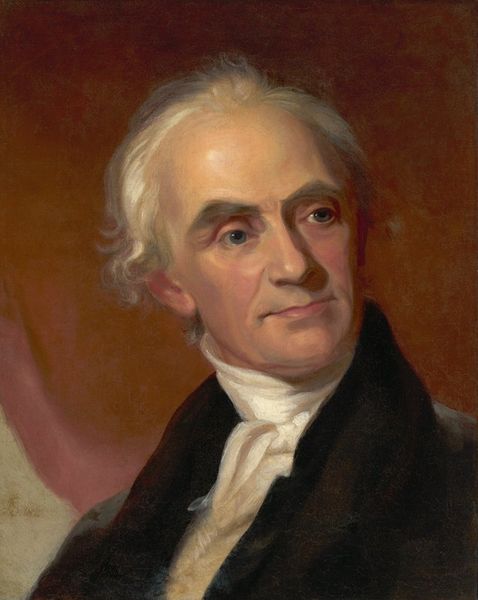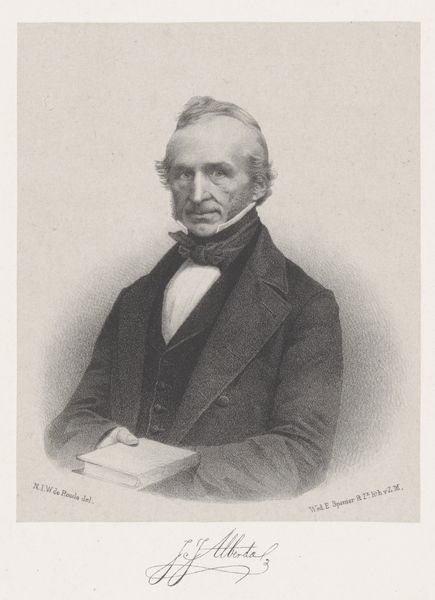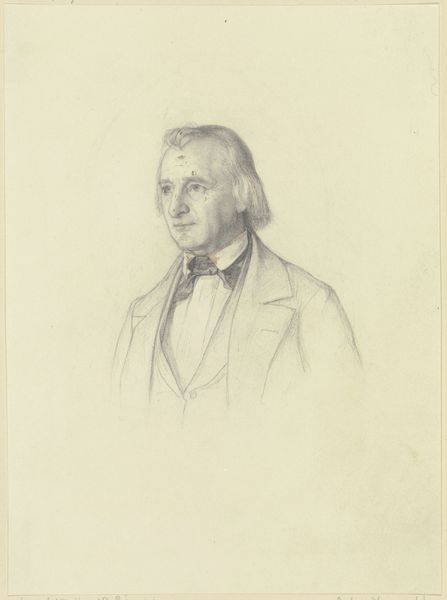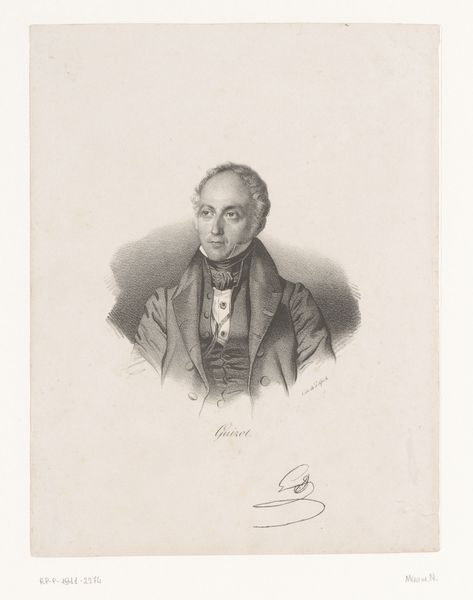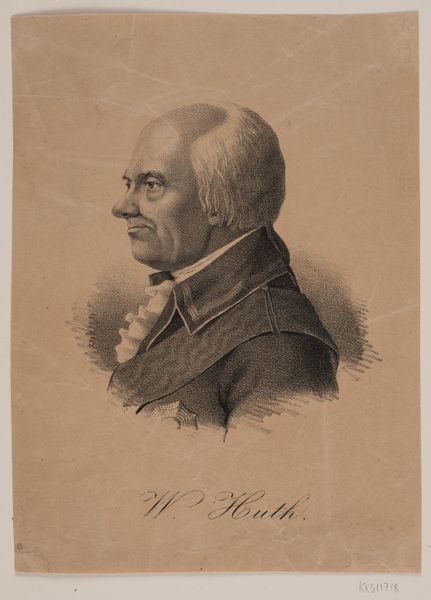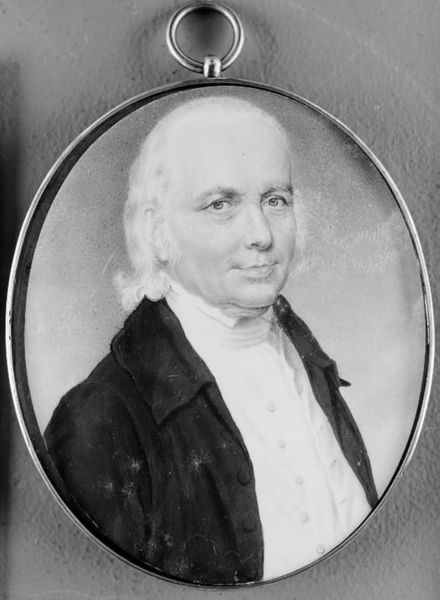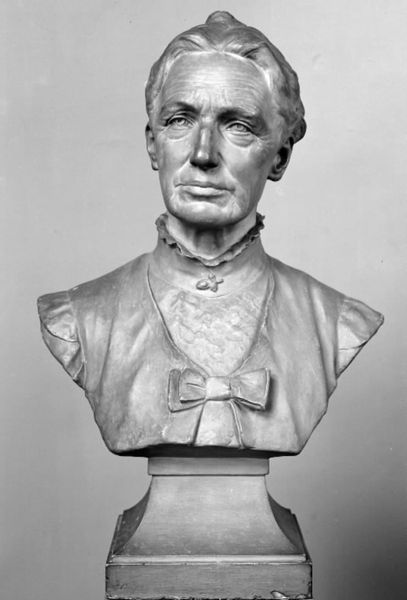
sculpture, marble
#
portrait
#
neoclacissism
#
portrait
#
sculpture
#
marble
#
realism
Dimensions: H. 5 1/2 in. (14 cm)
Copyright: Public Domain
Curator: Immediately, what strikes me is this... almost haunted, certainly intense, gaze. The marble gives it such a cool, classical air, yet those eyes seem to burn right through you. Editor: You've touched on a key tension in Pierre Joseph Chardigny's "Bust of Henry Clay," crafted in 1853. The artist captures Clay, a prominent 19th-century politician, in this austere Neoclassical style. It's interesting to reflect how artists leverage particular styles for social and political purposes, and I'm curious what you read from Chardigny's stylistic choices. Curator: It's as if he's deliberately channeling the Romans, lending Clay an air of timeless importance, of incorruptibility, even though the cracks in the marble might suggest otherwise. The inscription of "Clay" so boldly across the base... well, it’s self-mythologizing in solid form. What kind of character was Clay? Editor: That inscription makes a point about the very public and politicized Clay persona. He was quite the character, actually—a senator, a Speaker of the House, a perennial presidential candidate who never quite made it. Chardigny’s choice to depict him in the style of a Roman statesman served to enhance his already significant political weight. A little spin-doctoring in marble, perhaps? Curator: Definitely spin, but also I see aspiration. To be sculpted in marble is a declaration of lasting importance; to do it in this style implies an aim to join that echelon of greatness. What do you make of the way he’s dressed? So buttoned-up, literally and figuratively! Editor: Exactly, Clay's attire—the formal suit, the carefully knotted bow tie—is a study in power dressing. His image was carefully managed. Sculptures like these were frequently commissioned and publicly displayed, solidifying certain legacies and, sometimes, burying uncomfortable realities. It's important to question who gets to be immortalized in art and what narratives those artistic choices promote. Curator: Well, I can’t unsee that haunted gaze now. I appreciate how examining artistic style brings out such interesting truths and unspoken power dynamics in this depiction. Thanks, now I have much to think about next time I stroll by! Editor: My pleasure, it’s always fascinating to look beneath the marble’s surface and reveal the interplay between politics and artistic intention. It also suggests that the more we learn, the less simple a figure like Henry Clay, cast in permanent stillness, truly is.
Comments
No comments
Be the first to comment and join the conversation on the ultimate creative platform.
